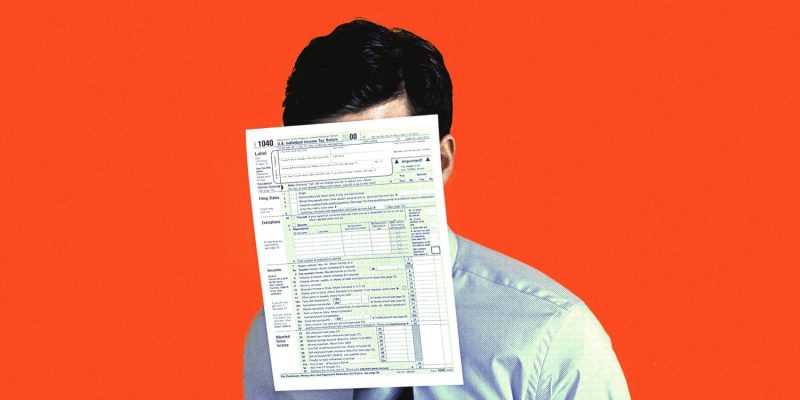Over the last couple of years, tax filers have been grappling with ever-changing tax laws and the continual rise in filing costs. Consequently, increasing tax preparation expenses could have a substantial impact on the amount of your tax refund, reducing the total sum one might have otherwise received. This article explores how higher tax filing costs might impact your refund and suggests some alternatives to mitigate this effect.
Tax preparation is a complex activity that requires detail-oriented accuracy and a thorough understanding of the tax law. It involves the collection of numerous financial documents, detailed calculations, and filling out various forms that the Internal Revenue Service (IRS) requires. Recently, there has been a surge in the costs associated with tax filing. Professional tax preparation services, software, and even printed forms costs have all experienced increments. Such increases are directly correlated with the growing complexities in tax laws, expanding time required to file accurately, and the nuances involved in navigating the ever-evolving tax system.
However, this increase in filing costs is taking a toll on individual tax refunds. The tax refund is essentially the return of excess amounts of income tax that a taxpayer paid to the state or federal government in the past year. When the costs of preparing and filing taxes rise, it consequently leads to a decline in the refund received by a taxpayer. Essentially, a chunk of the refund that would otherwise end up in your wallet is being redirected towards professional services or software used in the process.
For example, if you are accustomed to getting a $3,000 refund each year and this year you spend $300 on tax preparation, you effectively decrease your refund to $2,700. While the amount might seem small, you can think of the compounded effect over the long term. It is money that could be used for savings, debt payment, investment, or other financial goals.
Nevertheless, there are options available to keep your filing costs low and maximize your refund. Here are some suggestions:
1. IRS Free File: Depending on your income, you may be eligible to file for free through IRS-backed programs. Those with an adjusted gross income of around $72,000 or less are eligible.
2. Tax preparation software: Using software like TurboTax, H&R Block, or TaxAct can be cost-effective. It is generally quicker than manually doing the computation and they offer versions which cater to various complexities in tax situations.
3. Educational resources: Understanding the tax code yourself cuts the cost of hiring a professional. You can utilize free resources online or even take a class that helps you understand the basics of tax filing.
4. Purchase tax-preparation software in advance: Retail prices for this kind of software are generally lower outside the tax season. So, you can purchase for the next year in advance.
5. Utilizing Volunteer Income Tax Assistance (VITA): The IRS sponsors the VITA program which offers free tax help to individuals who make $57,000 or less, differently-abled taxpayers, and limited English-speaking taxpayers who need assistance in preparing their own tax returns.
Navigating the realms of taxes doesn’t have to result in you taking a significant hit on your refund. By exploring these approaches, individuals can make the most of their tax situation without excessive expenditure. Affordable and even free options can prove beneficial in managing taxes effectively and reducing the sting of increased tax preparation costs. Remember, every dollar saved in preparation costs is a dollar added to your refund.
